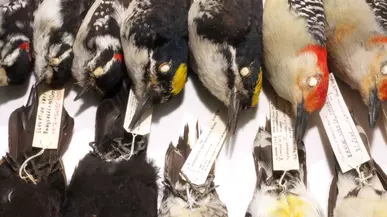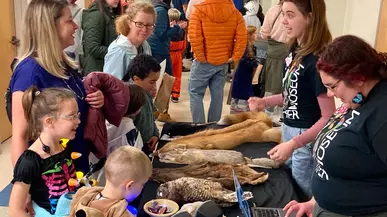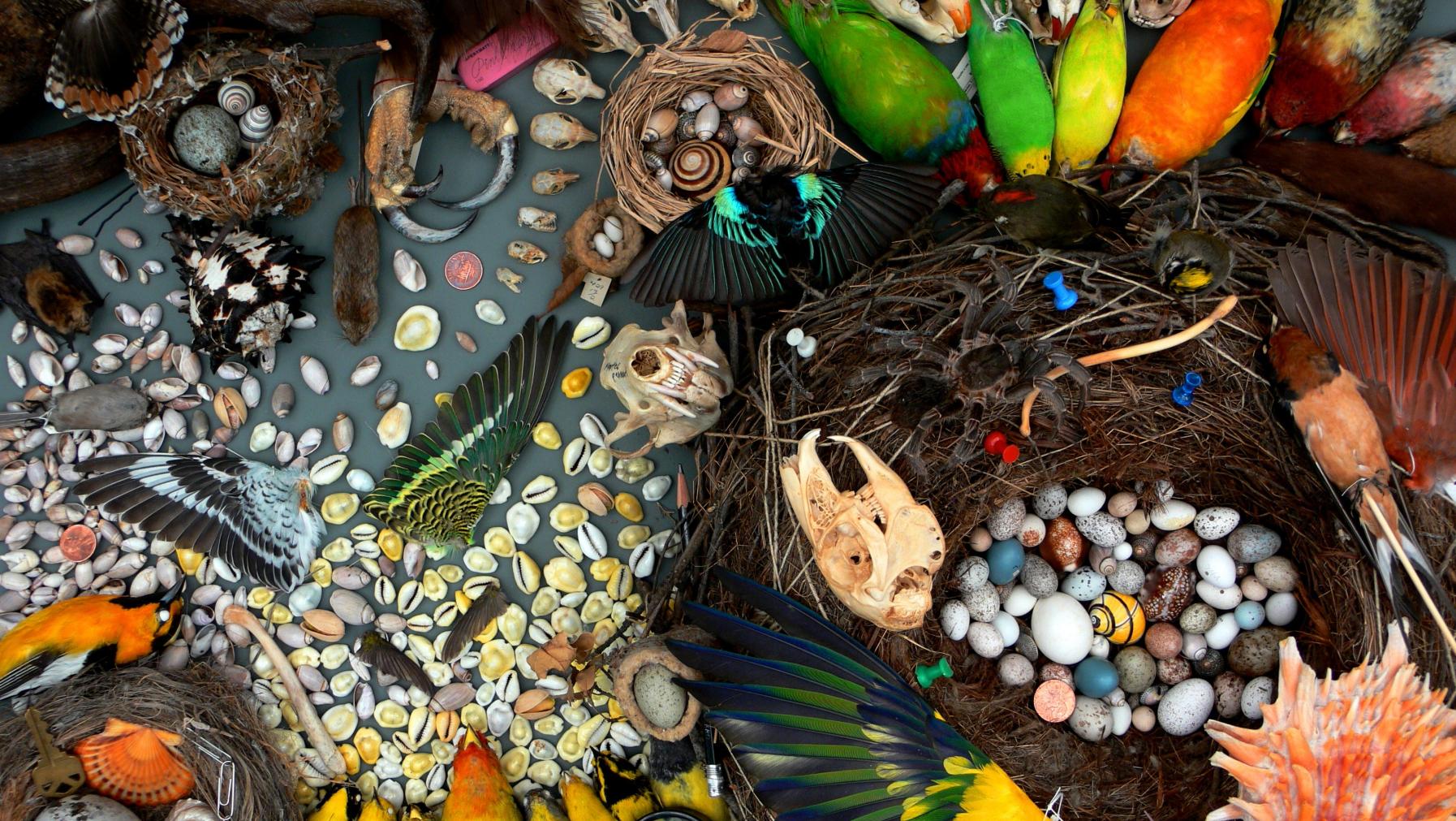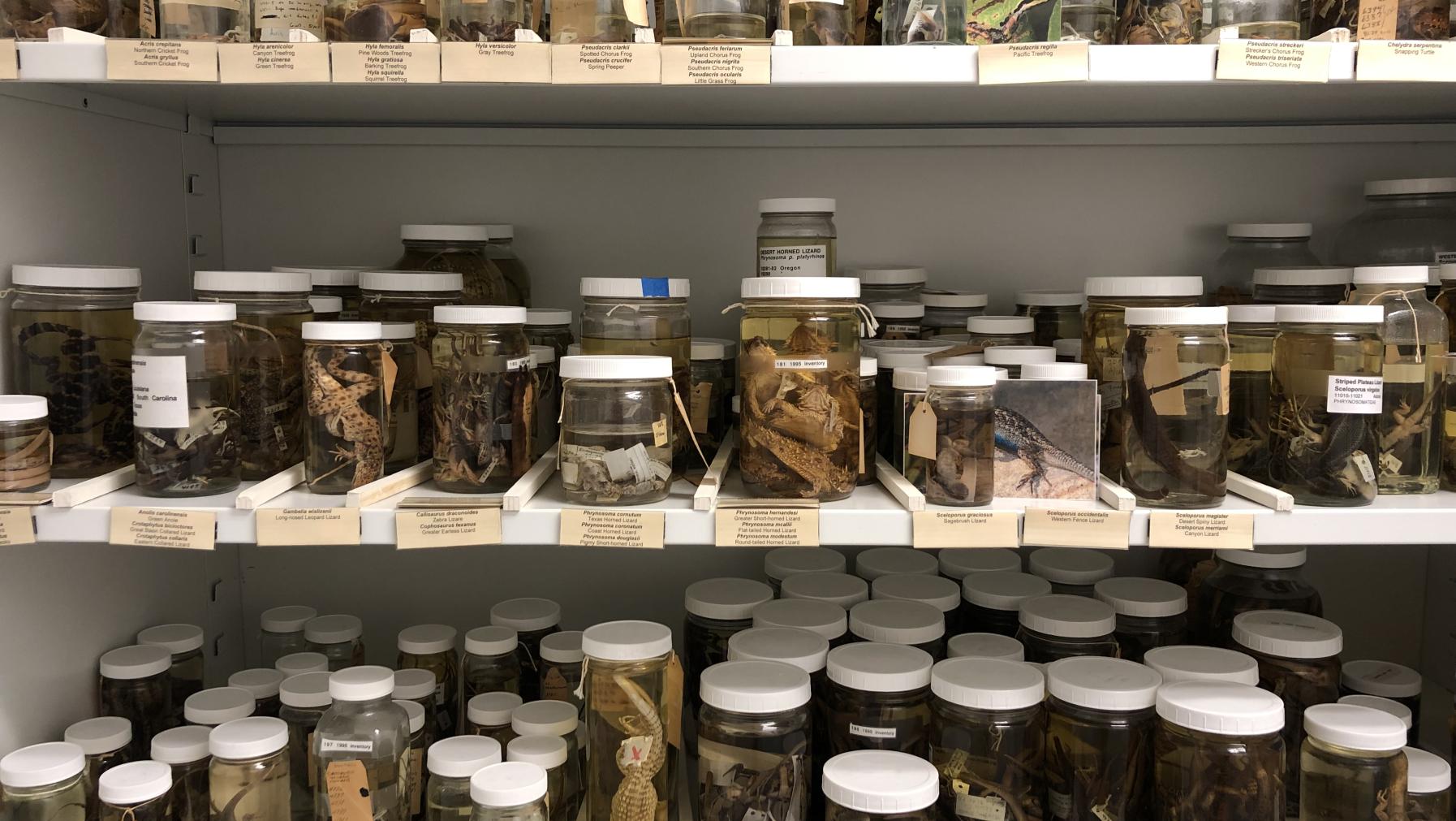Since its establishment in 1926, the Puget Sound Museum has been inspiring generations of scientists, educators, artists, naturalists, and more to care for the natural world and act as advocates for museum collections. Nearly 100 years later, the museum continues to act as an invaluable resource for science and an educational tool for the Puget Sound region. As the largest natural history collection located at a liberal arts college in the U.S., our mission at the Puget Sound Museum is to inspire the next generation of museum enthusiasts and ensure the longevity of collections as hubs of research and education.
*Please note that the video to the left was filmed in 2018 before our museum name was changed back to the Puget Sound Museum of Natural History.
Below are answers to some of the most common questions we get here at the museum.
Yes and no! We are limited by space and prefer some specimens over others. If you've found a dead bird or mammal that is in good condition, write down the date/time and where you found the animal, warp it in a plastic bag and place it in your freezer, read our Specimen Salvage & Donation page, and contact the museum.
Visits to the museum are by appointment only. If you'd like to schedule a visit with your classroom, group, family, or an individual tour, please email us to schedule a time. Visits are limited by space and staff availability. Check out upcoming events on our Visit page to find other ways to visit the museum!
If you're an undergraduate student at the University of Puget Sound, you can volunteer in the museum through our museum docent program, sign up for Biol 205, or apply for a work-study position when they're available. Unfortunately, we do not currently accept members of the public as volunteers in the museum.
Historically, natural history collections have grown through the active collection of specimens. While many institutions do still go out on research collection trips, we currently only add salvaged and donated specimens to our collection. You can read more about specimens and collections on our Collections & Research page.
Natural history collections can capture information across time and space. By accumulating multiple specimens of each species and adding to our collection regularly, we ensure the consistent collection of data and broad data sets that can contribute to science!
The options are endless! Natural history collections are primarily used for research. Scientists can learn about a species' life history, take DNA samples from specimens, analyze pollution levels, study viruses, and more. Collections are also used by artists for reference, teachers & educators, and even historians. They are libraries of biodiversity and a resource for many.





